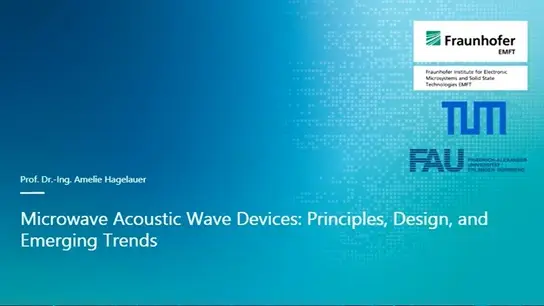CubeSat Constellations: Millimeter-Wave and THz System Applications for Remote Sensing of Precipitation Slides
Steven Reising
-
Members: FreeMTT
IEEE Members: $9.00
Non-members: $14.00Pages/Slides: 45
13 Sep 2016
Global observations of clouds and precipitation are essential to improving prediction of severe weather having large impacts on humanity. For example, severe storms and tropical cyclones have caused more than $720 B of damage since 1980 in the U.S. alone. To understand processes in clouds that lead to rain, snow and other precipitation, global observations with rapid revisit times are essential. To this end, satellites in geostationary orbit (GEO) have greatly improved weather prediction by providing visible and infrared measurements on the 5-minute time scale. However, to peer inside of and study clouds and the onset of precipitation requires millimeter-wave sensors.


